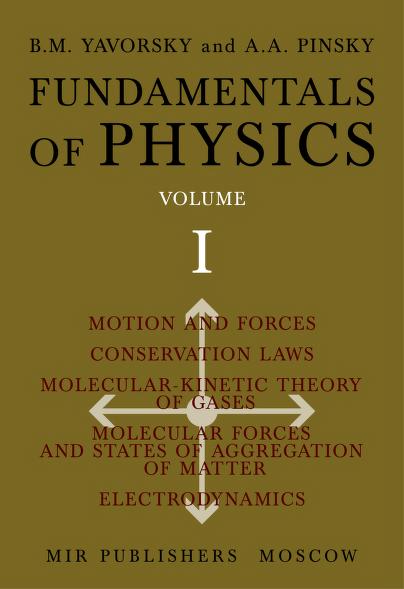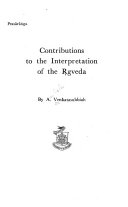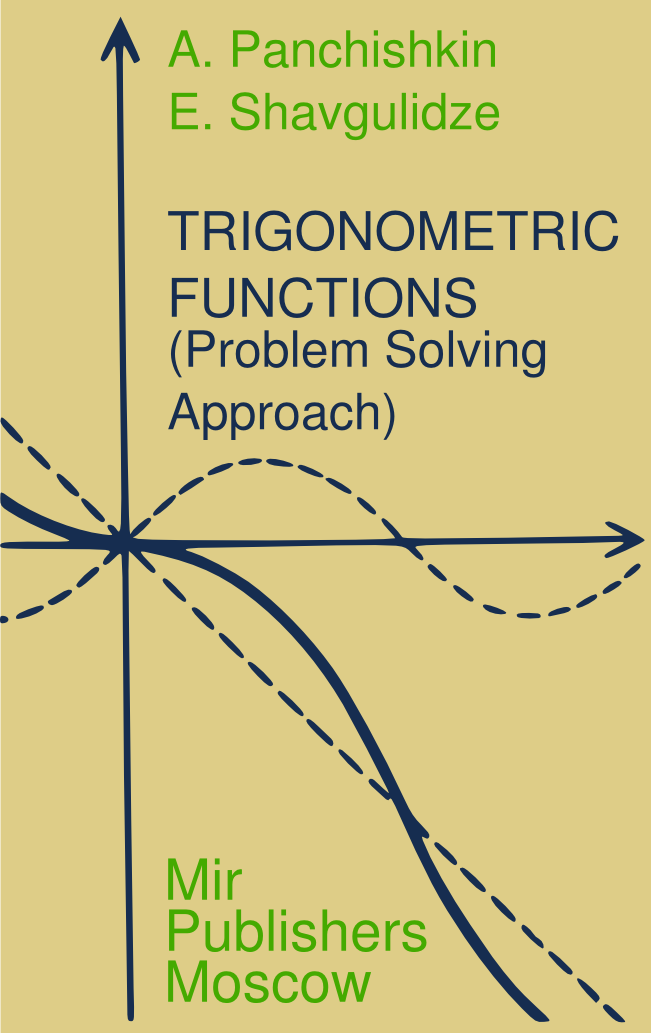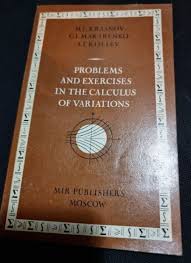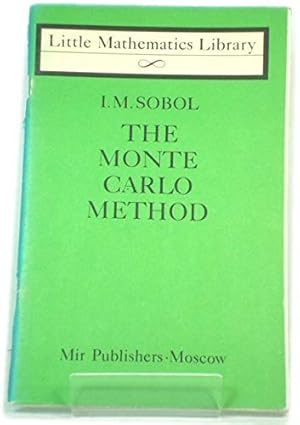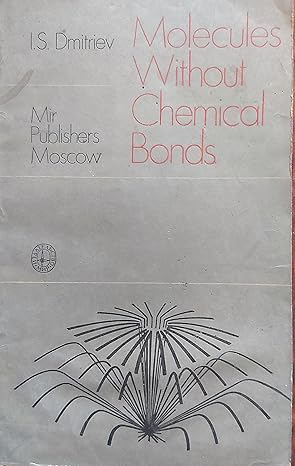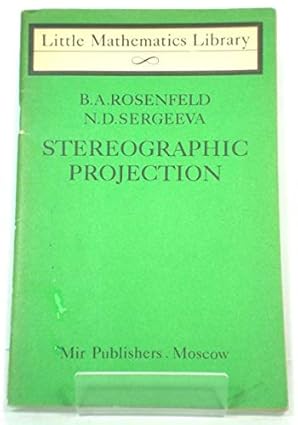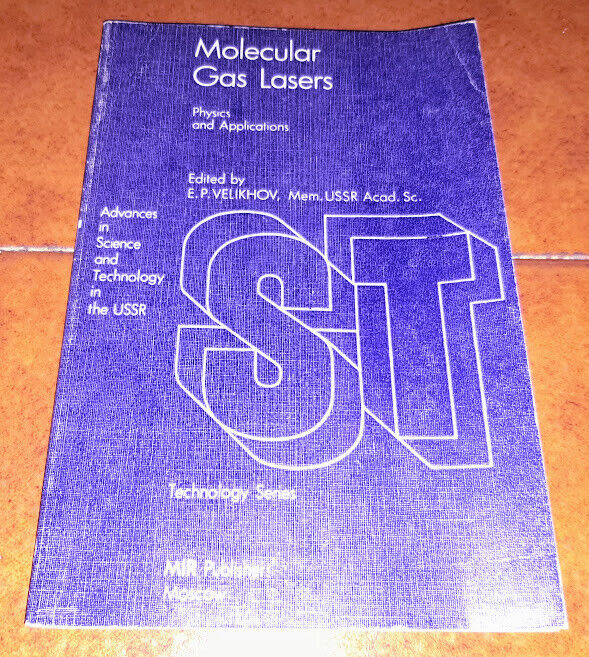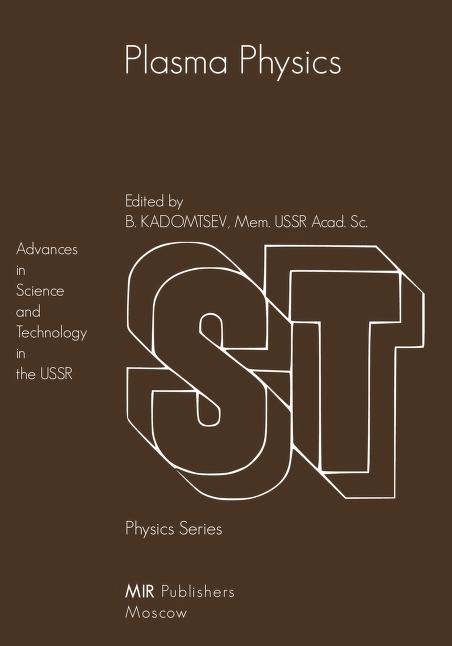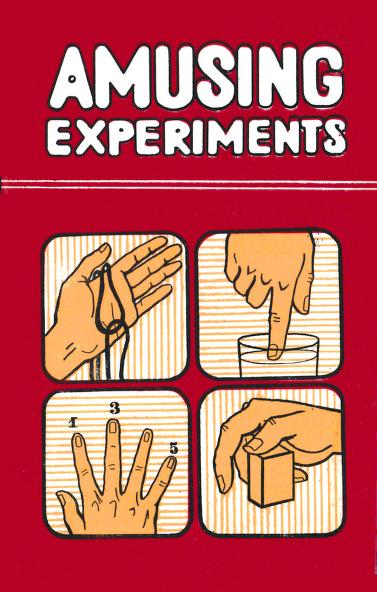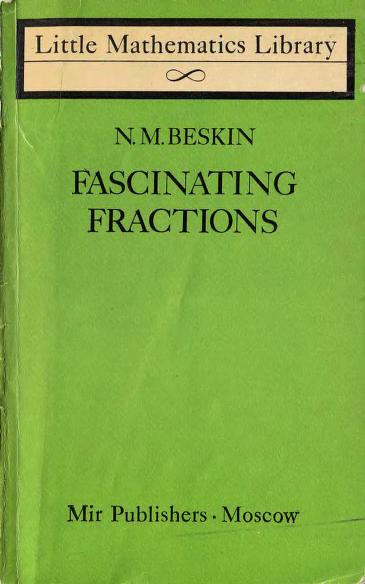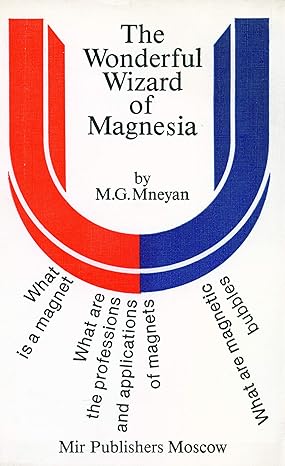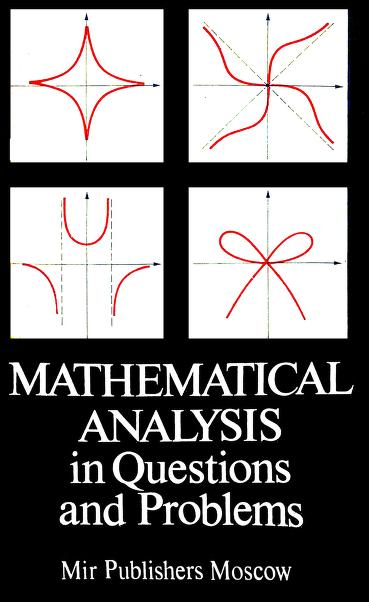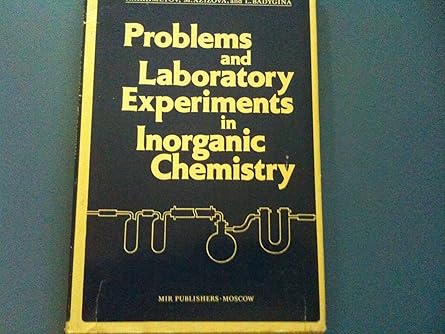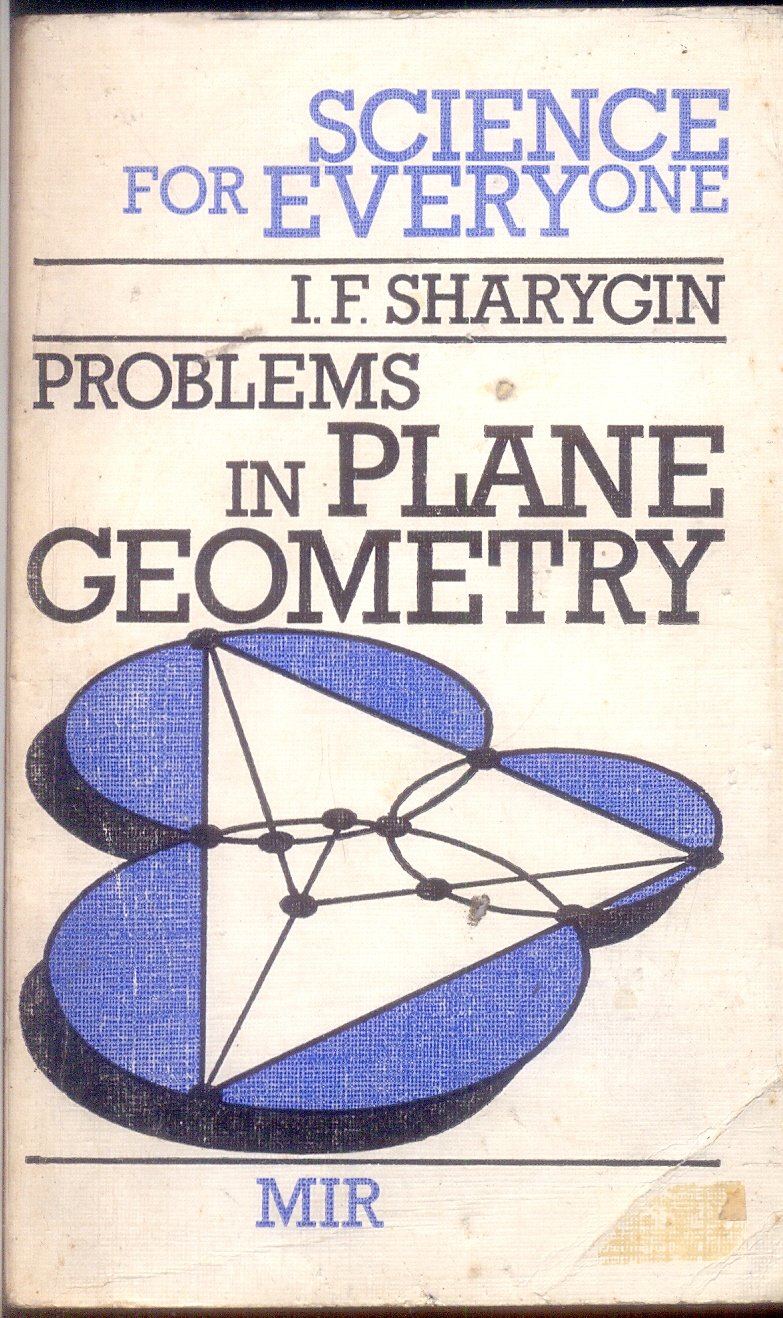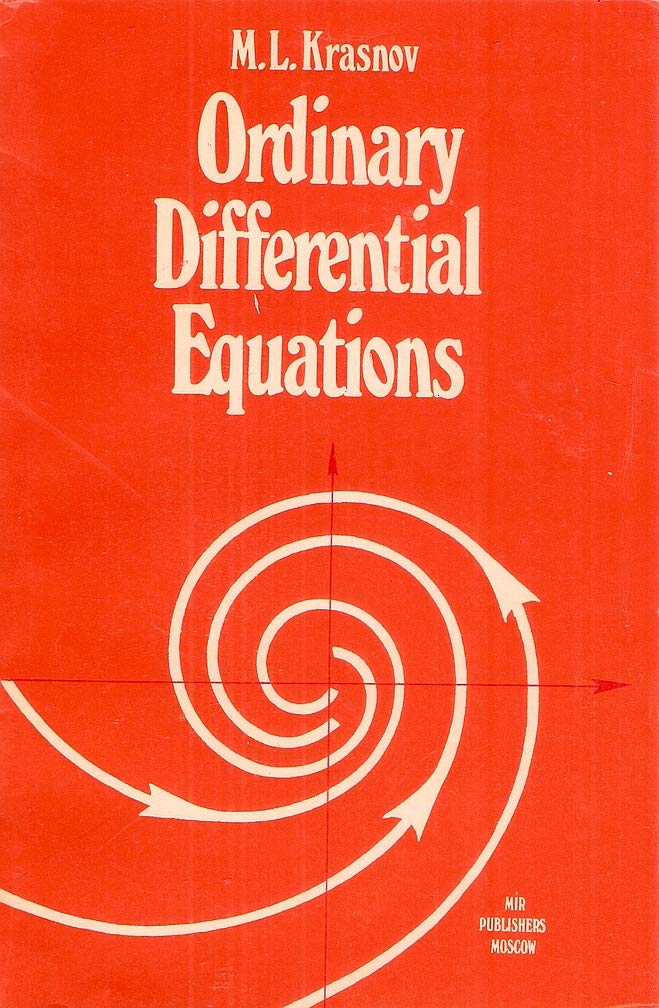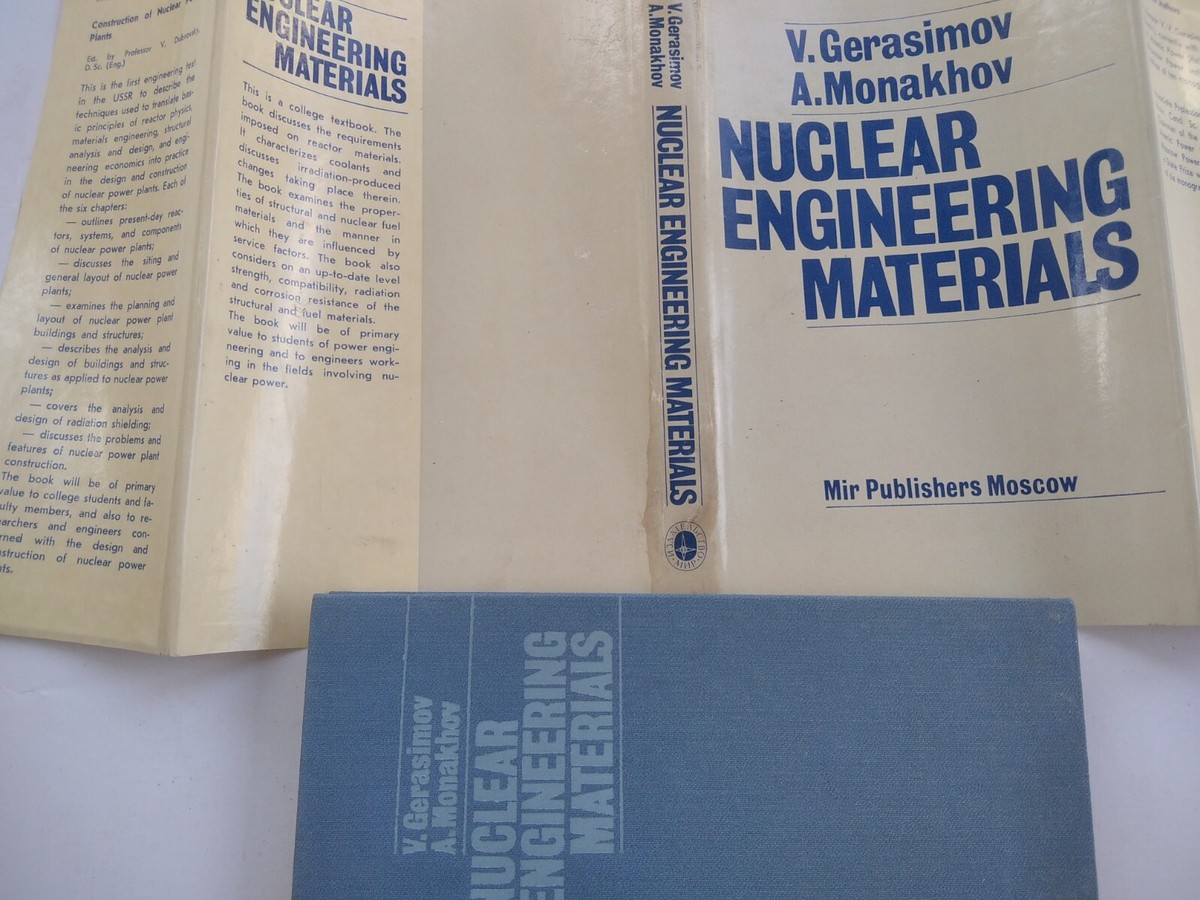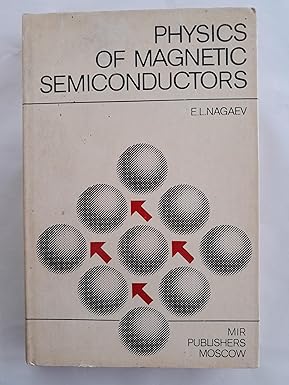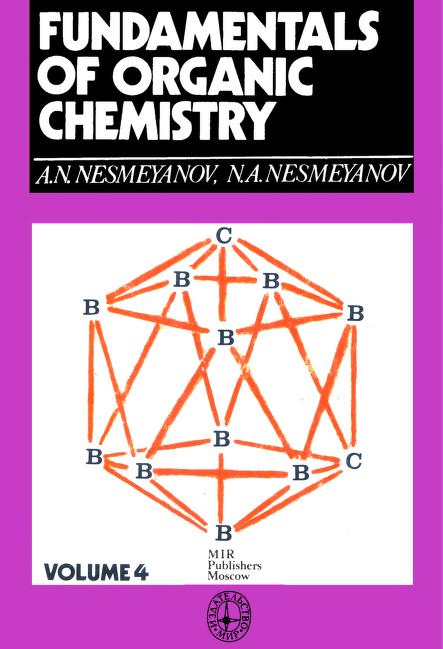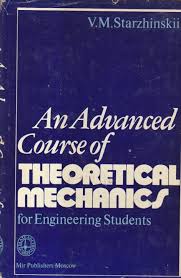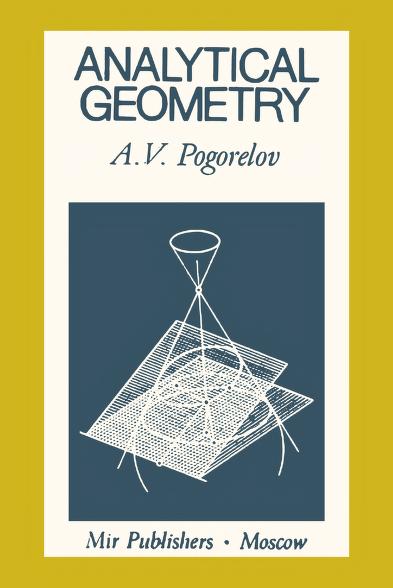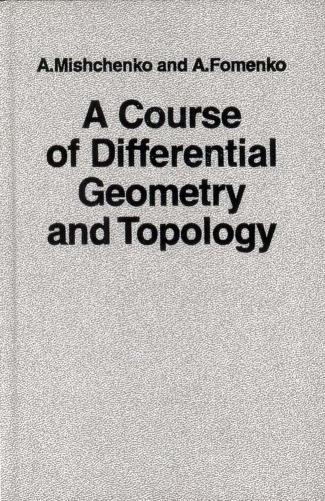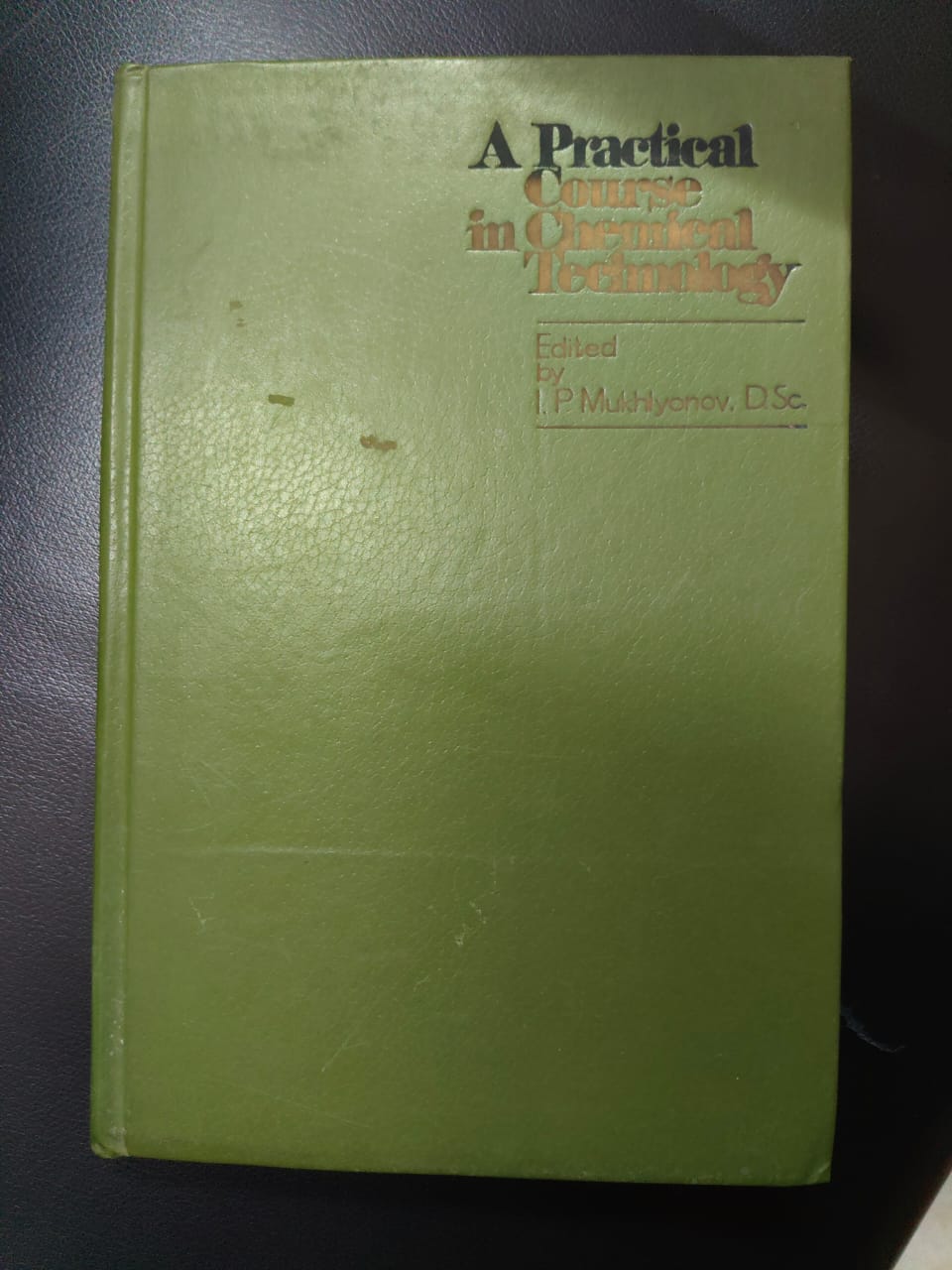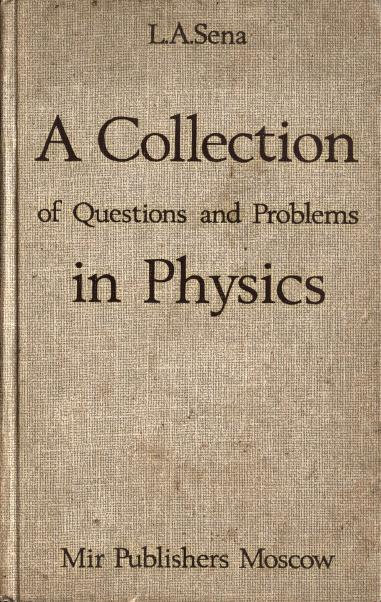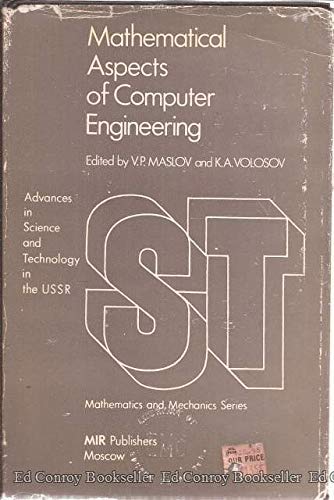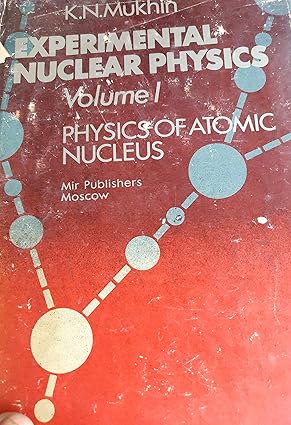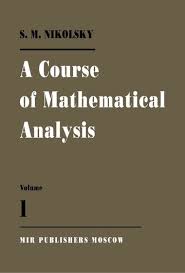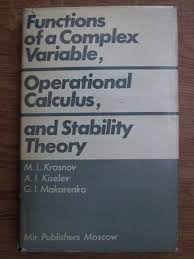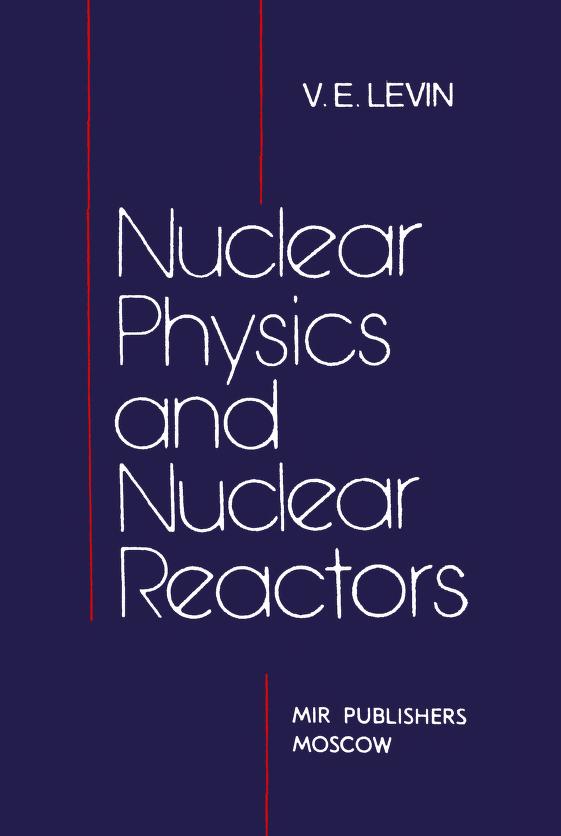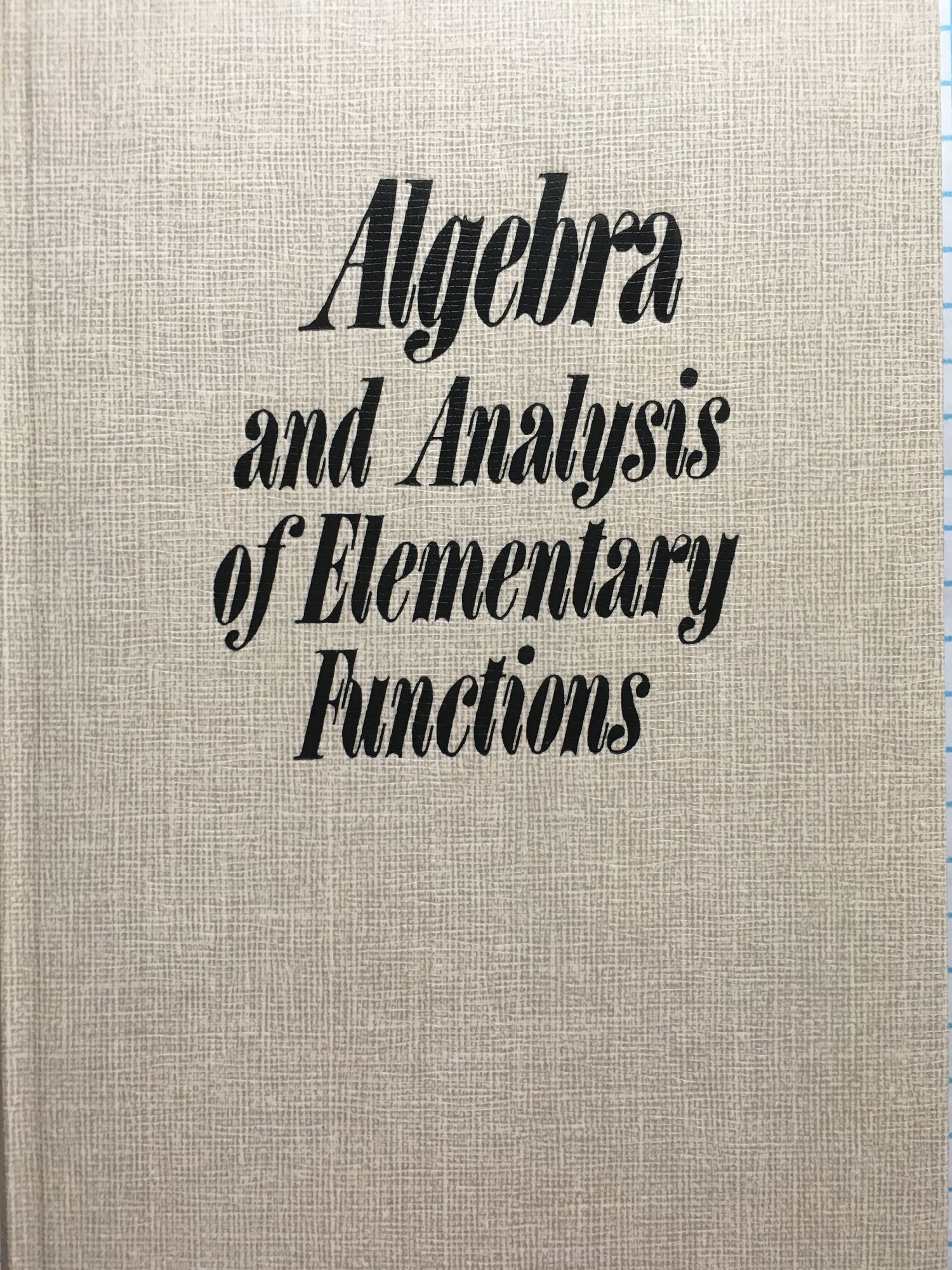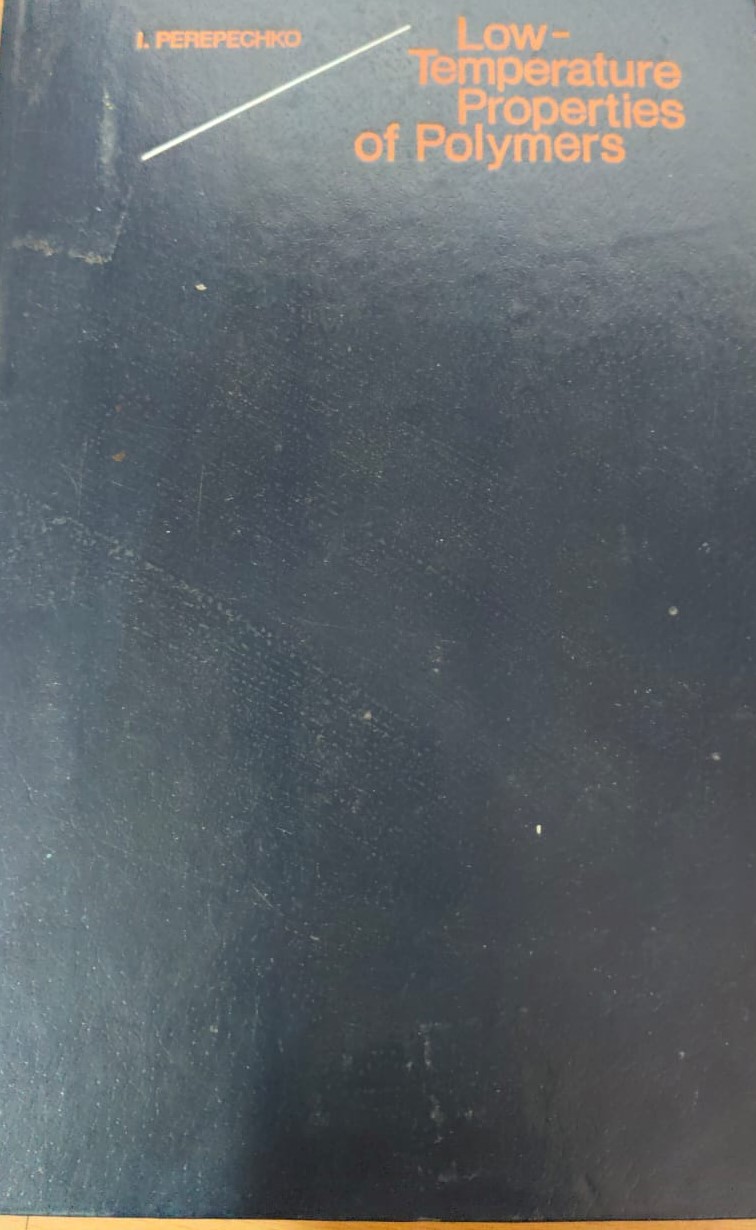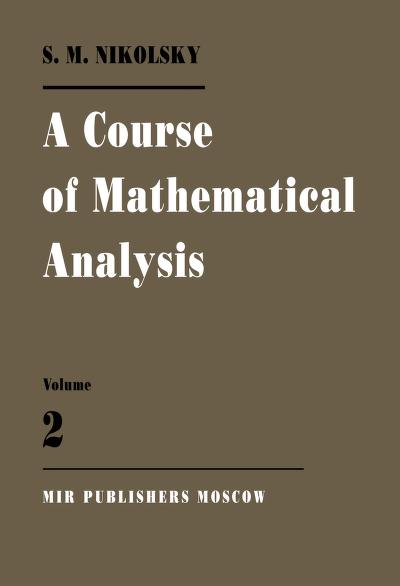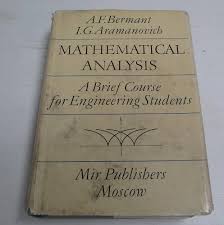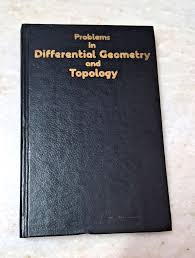- Online Book Store
- Wishlist
- Blogs
- Contact Us
- Login / Register
Fundamentals Of Physics V-1
- Availability: In 1 Stock
- Be the first to review this product
About the book
This textbook explains the concepts and most important advances of modern physics without resort to higher mathematics. Avoids the traditional division between classical and modern physics and endeavours to present all material so as to develop quantum mechanical concepts.
The textbook is intended for secondary schools and as a teaching aid for physics teachers in general and technical secondary schools. Will be found useful by correspondence students studying ‘A ’ level and first year physics.
CONTENTS
Part One: Motion and Forces
Chapter 1: Velocity
1.1. Mechanical motion 19
1.2. Frames of reference. Paths 20
1.3. Rectilinear motion. Motion equations 22
1.4. Uniform motion 23
1.5. Variable motion 24
1.6. Average velocity 25
1.7. Instantaneous velocity of variable motion 27
Chapter 2: Inertia
2.1. The principle of inertia 28
2.2. Inertial reference frames 30
2.3. The principle of relativity 32
2.4. Galilean transformations 33
2.5. Classical law of the addition of velocities 35
Chapter 3: Scalars and Vectors. Velocity Vector
3.1. Scalar quantities 35
3.2. Vector quantities 36
3.3. Certain operations on vectors 37
3.4. Resolving a vector into two components 39
3.5. Velocity is a vector 40
3.6. Addition of velocities 42
Chapter 4: Acceleration
4.1. Average and instantaneous acceleration 43
4.2. Rectilinear variable motion 44
4.3. Uniformly accelerated rectilinear motion 44
4.4. Velocity graph for uniformly accelerated motion 45
4.5. Graphical calculation of displacement 45
4.6. Displacement and average velocity in uniformly accelerated motion 46
4.7. Uniform circular motion of a particle 48
4.8. Acceleration in uniform circular motion of a particle 48
Chapter 5: Force
5.1. Force, a measure of the interaction of bodies 50
5.2. Elastic and plastic deformation 51
5.3. Force is a vector 52
5.4. Vector addition and resolution of forces applied to a particle 54
Chapter 6: Weight and Mass
6.1. Force of gravity. Weight 55
6.2. Free fall 57
6.3. Mass of a body 58
6.4. The density of substances 59
Chapter 7: Fundamental Law of Dynamics
7.1. Force and acceleration 60
7.2. Applying the fundamental law of dynamics 63
7.3. Weightlessness 66
7.4. System of units 67
7.5. The international system of units 68
7.6. The cgs and mk(force)s systems of units 69
Chapter 8: Equations of Motion and Initial Conditions
8.1. The basic problem of dynamics 69
8.2. Motion of a particle subject to the force of gravity 70
8.3. Numerical solution of the basic problem of dynamics 72
8.4. Motion of a body subject to an elastic force 73
8.5. Quantities determining the motion equation of a particle 77
Chapter 9: Gravitation
9.1. Discovery of the law of gravitation 78
9.2. Newton’s law of universal gravitation 80
9.3. The Cavendish experiment 81
9.4. Determining the distances from the sun to the planets 82
9.5. The gravitational field 83
9.6. Gravitational field intensity 84
9.7. The earth’s gravitational field 84
9.8. Effect of the earth’s rotation on free-fall acceleration 86
Chapter 10: Electric Forces
10.1. Electric charge 87
10.2. Coulomb’s law 88
10.3. Units of charge and systems of units 90
10.4. The electric dipole 92
10.5. The electric field. Field strength 94
10.6. Electric field of a point charge and of a dipole 94
Chapter 11: Friction
11.1. External and internal friction 97
11.2. Static friction 97
11.3. The angle of friction 100
11.4. Sliding friction 101
11.5. Rolling friction 102
11.6. Motion of bodies subject to the force of friction 102
11.7. Internal friction 103
11.8. Motion of bodies in fluids 105
11.9. Bodies falling in a fluid 108
Chapter 12: The Theory of Relativity
12.1. Velocity of light and the law of addition of velocities 110
12.2. Basic postulates of the special theory of relativity 113
12.3. Simultaneity of events 113
12.4. Simultaneity and length 116
12.5. Relativistic law for the addition of velocities 116
12.6. Limiting nature of the velocity of light 118
12.7. Lorentz transformations 119
12.8. Length or distance 120
12.9. Time interval between two events 121
12.10. The time interval between cause and effect 122
12.11. The relation between relativistic and Newtonian mechanics 123
Chapter 13: Mass, Momentum and Force in the Theory of Relativity
13.1. Relativistic mass 125
13.2. The fundamental law of dynamics in the theory of relativity 126
13.3. The relation between Newtonian and relativistic dynamics 128
Chapter 14: Equations of Motion and the Uncertainty Relation
14.1. Initial conditions and measuring apparatus 130
14.2. The uncertainty relation 134
14.3. The uncertainty relation and classical mechanics 134
Part Two: Conservation Laws
Chapter 15: Law of Conservation of Linear Momentum
15.1. Closed system of bodies 138
15.2. Law of conservation of linear momentum 139
15.3. Recoil phenomena 141
15.4. Measurement of mass 142
15.5. Jet propulsion (propulsion by reaction) 143
15.6. Rocket fuel calculations 144
15.7. Centre of mass 145
15.8. Motion of the centre of mass 146
Chapter 16: Total and Kinetic Energy
16.1. Total energy of a body 148
16.2. Kinetic energy 149
16.3. Energy and linear momentum 150
16.4. Kinetic energy and work 151
16.5. Power 153
16.6. Units of energy, work and power 154
16.7. Momentum, and energy of a localized particle 155
Chapter 17: Elementary Collision Theory
17.1. What is a collision? 157
17.2. Completely inelastic collision 158
17.3. Elastic collision 160
17.4. Neutron moderation 162
17.5. Pressure of a stream of particles on a wall 163
Chapter 18: Conservative Forces and Potential Energy
18.1. Work done by a variable force 165
18.2. Work done by an elastic force 167
18.3. Work done by a Coulomb force 168
18.4. Work done by a gravitational force 170
18.5. Conservative forces 171
18.6. Potential energy of elastic, Coulomb, and gravitational interactions 172
18.7. Potential of an electrostatic field 174
18.8. Electric potential of the field set up by a point charge 175
18.9. Energy of an electric field 176
Chapter 19: Law of Conservation of Energy in Newtonian Mechanics
19.1. Mechanical energy and its conservation 177
19.2. Mechanical energy and friction 177
19.3. Space velocities 178
19.4. Looping the loop 179
19.5. Potential energy curves 180
19.6. Potential energy and equilibrium 183
Chapter 20: Internal Energy
20.1. Internal energy of a system of particles 184
20.2. Changes in internal energy when a body is deformed 185
20.3. Changes in internal energy of a body in thermal processes 186
20.4. Changes in internal energy in chemical reactions 187
20.5. Changes in internal energy in nuclear reactions 188
Chapter 21: The Law of Conservation of Energy
21.1. Work as a measure of the change in total and internal energy 189
21.2. Heat exchange 190
21.3. Quantity of heat 192
21.4. The first law of thermodynamics 193
21.5. An adiabatically isolated system 194
21.6. The law of conservation of energy 194
21.7. The law of conservation of mass 195
21.8. More about relativistic mass 197
Chapter 22: The Law of Conservation of Angular Momentum
22.1. Features of rotational motion 199
22.2. Kinetic energy and moment of inertia 199
22.3. Dependence of the moment of inertia on the location of the axis of rotation 201
22.4. Moment of force 204
22.5. Equilibrium conditions for a body having an axis of rotation 205
22.6. Angular momentum and the fundamental law of dynamics 205
22.7. The law of conservation of angular momentum 207
22.8. Analogies between quantities and their relations in translational and rotational motion 209
Chapter 23: Symmetry in Nature and the Conservation Laws
23.1. The conservation laws are nature’s principal laws 211
23.2. The conservation laws are forbiddenness principles 212
23.3. The conservation laws and space-time symmetry 213
23.4. Uniformity of time and the conservation of energy 214
Part Three: Molecular-Kinetic Theory of Gases
Chapter 24: Noninertial Frames of Reference and Gravitation
24.1. Phenomena in an accelerated reference frame 214
24.2. Inertial forces 216
24.3. Features of inertial forces 218
24.4. Space and time in noninertial reference frames 219
24.5. The principle of equivalence 222
24.6. An idea of Einstein’s theory of gravity 224
24.7. The twin paradox 228
Chapter 25: Molecular Motion
25.1. How molecular speeds were measured 231
25.2. Molecular speed distribution 233
25.3. Mean free path of molecules 235
25.4. Diffusion 238
25.5. Law of diffusion 239
25.6. Separation of gas mixtures 240
Chapter 26: An Ideal Gas
26.1. Gas pressure 242
26.2. Units of pressure 244
26.3. An ideal gas 246
26.4. Temperature 248
26.5. Absolute temperature and the equation of state of an ideal gas 249
26.6. The constant-volume gas thermometer 250
26.7. The degree and the kelvin. The practical and absolute temperature scales 251
26.8. Absolute zero 253
26.9. Avogadro’s number and Boltzmann’s constant 254
26.10. Molecule distribution in a force field 256
26.11. Barometric distribution 258
Chapter 27: An Ideal Gas and the First Law of Thermodynamics
27.1. Internal energy of a monatomic ideal gas 260
27.2. Work done in the expansion of an ideal gas 261
27.3. The first law of thermodynamics and the specific heat of a gas 262
27.4. Isochoric processes 264
27.5. Isobaric processes 265
27.6. Isothermal processes 266
27.7. Adiabatic processes 267
27.8. Specific heat of a diatomic gas 269
27.9. Quantum theory of the specific heats of gases 272
Chapter 28: The Second Law of Thermodynamics
28.1. Quasi-static processes 276
28.2. Reversible processes 277
28.3. Irreversibility of real thermal processes 278
28.4. Irreversibility and statistics 279
28.5. Diffusion and thermodynamic probability 282
28.6. Thermodynamic probability in other thermal processes 283
28.7. Thermodynamic probability and entropy 284
28.8. Entropy and heat exchange 286
28.9. The second law of thermodynamics 288
28.10. The statistical sense of the second law of thermodynamics. Fluctuations 289
28.11. Brownian motion and fluctuations 290
28.12. Brownian motion and Boltzmann’s constant 291
Chapter 29: Heat Engines and Refrigerators
29.1. Heat engines and the advancement of engineering 295
29.2. The heat engine 295
29.3. Principle and energy balance of a heat engine 296
29.4. The heat engine and the second law of thermodynamics 298
29.5. The Carnot cycle 299
29.6. The efficiency of a real engine 300
29.7. The reverse Carnot cycle 301
29.8. Refrigerators and heat pumps 302
Chapter 30: Fundamentals of Fluid Dynamics
30.1. Thermodynamic parameters of moving fluids 304
30.2. The equation of continuity 305
30.3. The momentum equation 306
30.4. Bernoulli’s equation 306
30.5. Rate of propagation of disturbance waves in elastic media 308
30.6. Compressible fluid dynamics. Mach number 311
30.7. The Mach cone 312
30.8. The bow shock wave 313
30.9. Phenomena of a normal compression shock 314
30.10. Wave drag 316
30.11. Nozzles 318
30.12. Analogy between a nozzle and a heat engine 320
30.13. The Laval nozzle 320
30.14. The jet engine 321
30.15. The airplane wing 323
30.16. Measuring the pressure and velocity in a stream of fluid 324
30.17. Viscous fluid dynamics. Fluid friction in pipes 325
Part Four: Molecular Forces and States of Aggregation of Matter
Chapter 31: Molecular Forces
31.1. The density and compressibility of substances 327
31.2. Molecular forces 328
31.3. The electrical origin of molecular forces 329
31.4. The molecular force graph 331
31.5. The potential energy curve of molecular interaction 333
31.6. Thermal expansion of solids and liquids 334
Chapter 32: Long-Range Order
32.1. The monocrystal 336
32.2. The polycrystal 338
32.3. The crystal lattice. Long-range order 339
32.4. Defects in packing and the block structure of crystals 340
32.5. Motion of defects and diffusion 341
32.6. Dislocation motion and the deformation of the crystal 342
Chapter 33: Close Packing of Particles
33.1. Types of crystalline bonds 344
33.2. Closest packing of identical spheres 346
33.3. Closest packing of spheres of different radii 348
33.4. Lattices which cannot be represented as the packing of spheres 348
33.5. The structure of ice 351
33.6. Polymers 351
Chapter 34: Short-Range Order
34.1. Features of the liquid state 354
34.2. The structure of a liquid, and its properties 355
34.3. Mean residence lifetime 356
34.4. Diffusion in liquids 358
34.5. The viscosity of liquids 359
34.6. Amorphous bodies 360
34.7. Energy of the surface layer and the surface tension of liquids 361
34.8. Pressure caused by the curved surface of a liquid 363
34.9. Capillary phenomena 364
34.10. Adsorption. The Rebinder effect 365
Chapter 35: Vapours
35.1. Vaporization 367
35.2. Saturated vapour 369
35.3. The pressure of saturated vapour 370
35.4. Vapour isotherms 373
35.5. The critical state of a substance 374
35.6. Air humidity 376
Chapter 36: Phase Transitions
36.1. Changes in the state of aggregation 378
36.2. Liquid-gas transition diagram 379
36.3. Crystal-gas transition diagram 379
36.4. Crystal-liquid transition diagram 380
36.5. Crystal-crystal transition diagram 381
36.6. The triple point 383
36.7. Changes in internal energy in first-order phase transitions 383
36.8. Metastable states 385
36.9. Condensation. Supersaturated vapour 387
36.10. Boiling. Superheated liquid 388
36.11. The liquefaction of gases 391
Part Five: Electrodynamics
Chapter 37: A Field of Fixed Charges in a Vacuum
37.1. Lines of force 393
37.2. Equipotential surfaces 394
37.3. The relation between field strength and potential 396
37.4. A dipole in an electric field 397
37.5. The parallel-plate capacitor 399
Part Five: Electrodynamics
Chapter 37: A Field of Fixed Charges in a Vacuum
37.1. Lines of force 393
37.2. Equipotential surfaces 394
37.3. The relation between field strength and potential 396
37.4. A dipole in an electric field 397
37.5. The parallel-plate capacitor 399
37.6. Capacitance 400
37.7. The energy of the electric field. Energy density 401
37.8. The force of interaction between capacitor plates 401
37.9. A conductor in an electric field 402
37.10. Determining the charge of the electron 404
Chapter 38: Dielectrics
38.1. An electric field with a dielectric 406
38.2. The polarization vector 407
38.3. Electric susceptibility 408
38.4. The field energy in a dielectric 409
38.5. Deformation polarizability 410
38.6. Orientational polarizability 411
Chapter 39: Direct Current
39.1. Nonelectrostatic fields. Voltage and emf 414
39.2. Current and current density 416
39.3. Ohm’s law for a uniform segment of a circuit 417
39.4. Resistance 418
39.5. Ohm’s law in differential form 419
39.6. Ohm’s law for a nonuniform segment of a circuit and for a closed circuit 419
39.7. The Joule-Lenz law 429
39.8. Charging and discharging capacitors 421
Chapter 40: A Magnetic Field in a Vacuum
40.1. The interaction of currents. Magnetic forces 423
40.2. The transformation law for the sideways momentum and the sideways force 424
40.3. Interaction between moving charges 425
40.4. Magnetic induction. Lines of induction 427
40.5. The magnetic field of a current-carrying conductor 428
40.6. The magnetic moment 430
40.7. Magnetic field strength 433
40.8. The magnetic field of a solenoid 434
40.9. Invariance of the electric charge 434
Chapter 41: Charges and Currents in a Magnetic Field
41.1. The Lorentz force 436
41.2. The motion of charged particles in a uniform magnetic field 437
41.3. Determining the sign of the charge of elementary particles 438
41.4. The cyclotron 440
41.5. Energy of the particle and the synchronization condition 442
41.6. Proton synchrotron 444
41.7. The electron charge-to-mass ratio 447
41.8. The ion charge-to-mass ratio 448
41.9. A current-carrying conductor in a magnetic field 449
41.10. A current-carrying loop in a magnetic field 450
Chapter 42: Magnetic Materials
42.1. Three types of magnetic materials 451
42.2. The magnetic moment of the atom 453
42.3. Quantities characterizing the magnetic field in matter 454
42.4. Diamagnetism 455
42.5. Paramagnetism 458
42.6. Ferromagnetism. The Curie temperature 459
42.7. Hysteresis 461
42.8. The domain structure of ferromagnetic materials 463
42.9. The Einstein and de Haas experiment 466
42.10. The Stern-Gerlach experiment 467
42.11. Electron spin 469
42.12. Antiferromagnetism 470
Chapter 43: Electromagnetic Induction
43.1. Faraday’s discovery 472
43.2. Electromagnetic induction and the Lorentz force 473
43.3. Induced electromotive force 474
43.4. The induction phenomenon in a stationary conductor 475
43.5. Strength of an induced field 476
43.6. The electromagnetic field and the relativity principle 477
43.7. Faraday’s law of induction 477
43.8. Lenz’s law 479
43.9. Electromagnetic induction and the law of conservation of energy 479
43.10. Self-induction 480
43.11. Energy of an electromagnetic field 481
43.12. Closing a circuit with inductance 483
Chapter 44: Electrical Conduction in Solids
44.1. Experimental basis for the electron theory of conduction in metals 484
44.2. The Hall effect 486
44.3. Electron gas 489
44.4. Derivation of Ohm’s law from electronic theory 490
44.5. The conductivity of metals and semiconductors 492
44.6. Derivation of the Joule-Lenz law 493
44.7. Contact potential difference 495
44.8. Thermoelectricity 496
44.9. The work function 498
Chapter 45: Heat Capacity and Thermal Conductivity of Solids
45.1. Heat capacity 500
45.2. Heat capacity of metals 502
45.3. Thermal conductivity of insulators 503
45.4. Thermal conductivity of metals 506
Chapter 46: Electrical Conductivity of Electrolytes
46.1. Electrolytic dissociation 508
46.2. Ohm’s law and the electrical conductivity of electrolytes 509
46.3. Faraday’s laws 511
46.4. The galvanic cell 512
Chapter 47: Current in a Vacuum
47.1. Thermionic emission 513
47.2. The diode and its characteristics 515
47.3. The triode and its characteristics 517
47.4. The cathode-ray tube 518
Chapter 48: Current in Gases
48.1. Ionization and recombination 519
48.2. Nonself-maintaining discharges 520
48.3. Collision ionization 523
48.4. The Geiger-Müller counter 524
48.5. Self-maintaining discharges. Plasma 526
48.6. Glow discharges 527
48.7. Plasma in a magnetic field 529
48.8. Pinching and confining a plasma 532
48.9. The magnetohydrodynamic generator 534
| Title | Fundamentals Of Physics V-1 |
| Author | B.M Yavorsky |
| Publisher | Mir Publishers |
| Year of Publication | 1975 |
| Pages | 544 |
| Binding | Hardcover |
| Language | English |
No Tag(s).
Bought a Product, Please login & give your review !!
No Review(s).
Bought a Product, Please login & give your review !!


